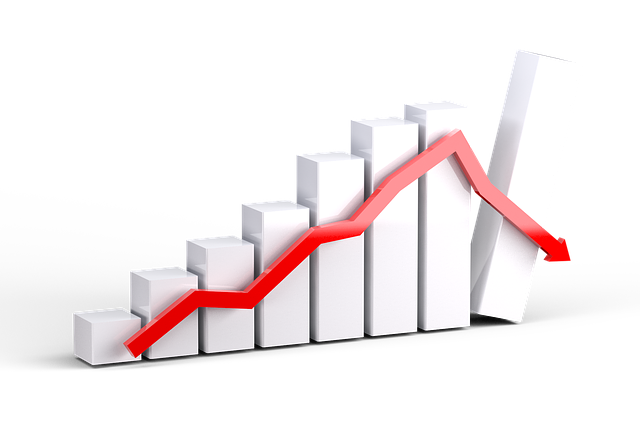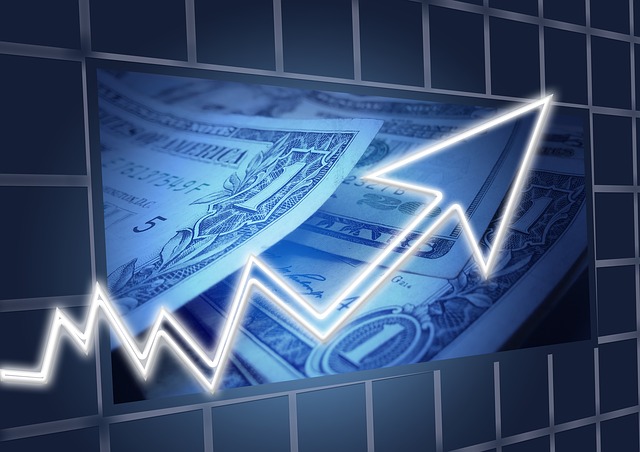
Recessions: What You Need to Know
Watching the news, you may have heard the word “recession” before. While you know it’s not a positive thing, you may be uncertain about what it exactly means. Recessions come and go with varying degrees of severity, so it’s in your best interest to familiarize yourself with their characteristics:
What Qualifies as a Recession? A recession generally refers to a slowdown of the market over a short but consistent amount of time, usually six months, or two quarters. Recessions usually involve a decline in trade and manufacturing, and thus they often bring a rise in unemployment. One arguable benefit of a recession, at least, is that it can undo some of the strain your money was feeling due to inflation.
What Are the Signs? A temporary drop in stock prices doesn’t mean a recession is imminent. Usually signs are over a longer period of time, such as several months. Generally, when demand for goods and services falls for several months, or confidence in American businesses wavers, this may trigger a recession. If interest rates are rising, there is also an increased chance of a recession, as borrowing money for things like home loans costs more and becomes less appealing to consumers. Slowdowns in borrowing then feed into a cycle of declining economic activity.
How to Prepare? Whether or not you feel a recession is looming, chances are you will experience at least one in your lifetime. In order to avoid what the recession can do to your financial plans, save with specific protections in mind. In particular, set a goal of building an emergency fund strong enough to cover at least six month’s unemployment. Also, push yourself to save as much as you can for major goals like retirement. By doing so, you’ll counter any constraints a recession may put on your future budget.
To learn about more vital financial concepts, visit the Syncis blog at http://www.syncis.com/blog/.



